42 years ago I was asked to contribute an essay to a cutting-edge volume called The New Jews. The book was a collection of essays by various people early involved in what we’ve later come to call the Jewish renewal movement. I decided to write about the Judaism of nature, a reversal of the frequently addressed topic, the nature of Judaism. As you can see for yourself (the chapter is on the Gendler Grapevine website), my argument is largely supported by citations from various texts.
What a different essay this would be if I were writing it today! Of course textual references would remain, hopefully cogent and illuminating. But there would be a fresh section, and a large one, citing active Jewish projects and participants in environmental initiatives. Adamah, Urban Adamah, and Eden Village Camp would be early examples for the show-and-tell of actual cases of traditional Jewish teachings effectively applied to environmental issues.
And now a remarkable addition: fresh, innovative, visionary proposals for initiatives, derived from Jewish concern for the preservation of the Divine gift of life on our planet: “and the earth God hath given to humans.” (Psalm 115:16) Read these few funded proposals from among ever so many worthy applications submitted to the Gendler Grapevine, then kvell! Are they not amazing? Are they not encouraging? To read them is to be inspired. To realize that they are now actually being carried out in practice is to be reassured.
A verse from Proverbs (19:18) urges, “admonish your offspring, for there is hope.” Alert them, inform them, counsel them. Let them know of the dangers, and let them know that nonetheless there is hope. The wisdom and the realistic optimism of this verse are convincingly conveyed to me by what I read on the Gendler Grapevine website. I hope that you, too, will be comparably encouraged as you review the amazing material here assembled.
Rabbi Everett Gendler
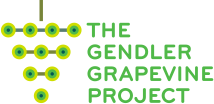
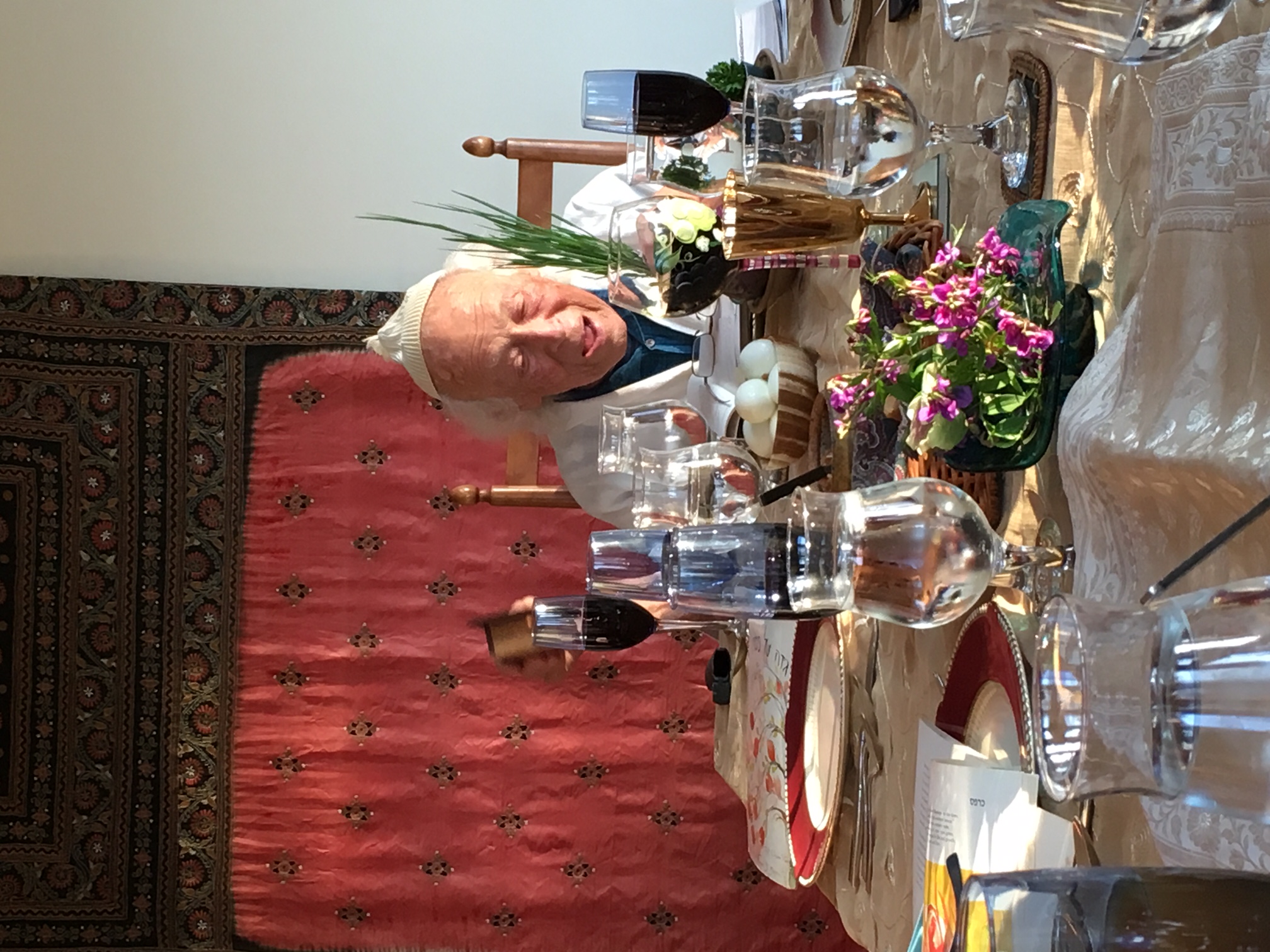

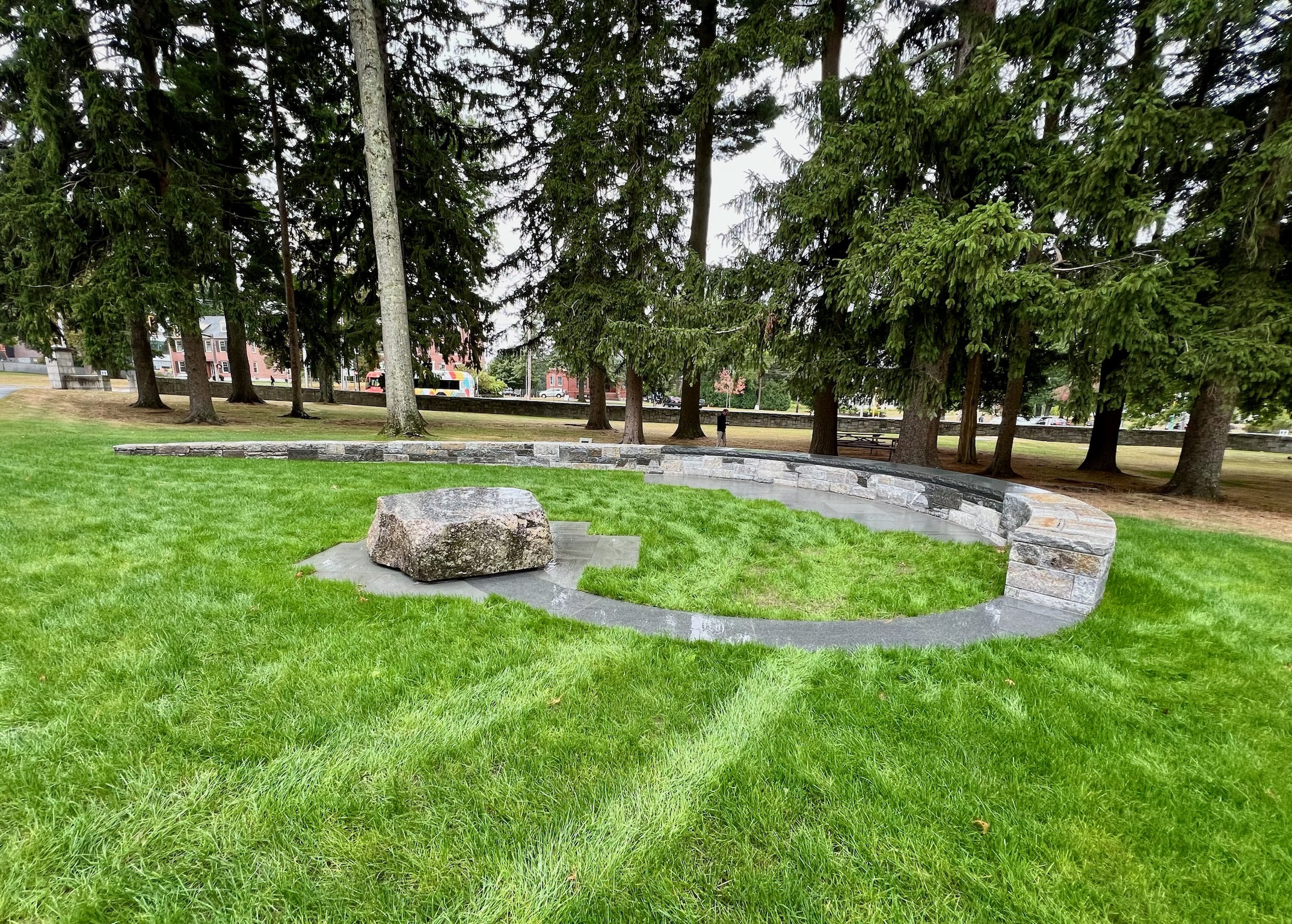
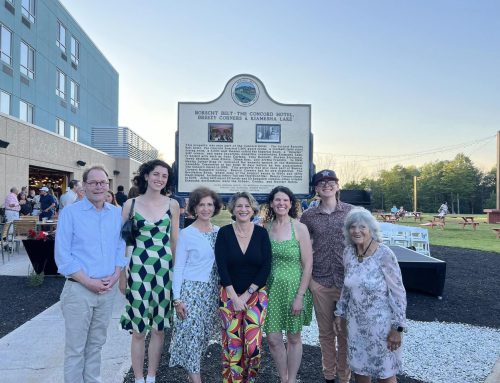
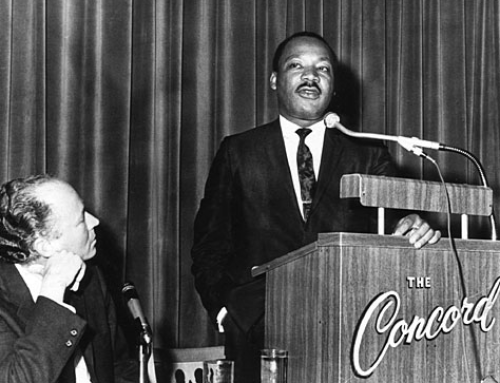
As someone whose actual name is Alfred Dreyfus Samuelson, how could I not sign up? 😉